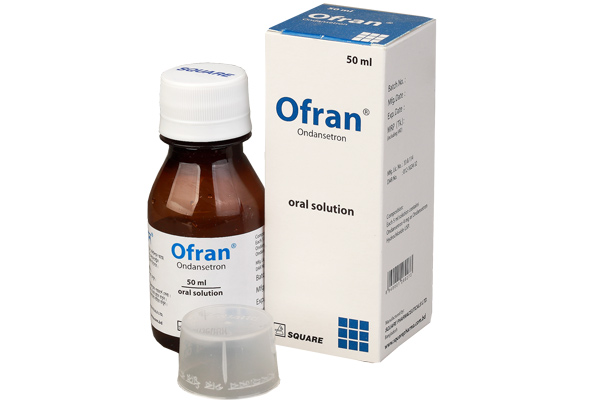Ferrous Gluconate
Indications
Iron-deficiency anemia.
Pharmacology
Ferrous gluconate is used in the prevention and treatment of iron-deficiency anaemia. It replaces iron found in haemoglobin, myoglobin and enzymes. It also allows transportation of oxygen via haemoglobin.
Dosage And Administration
Iron-deficiency anaemia:
- Adult: 60 mg bid up to 60 mg 4 times daily. Prevention: 60 mg daily.
- Child: Severe: 4-6 mg/kg/day in 3 divided doses; Mild to moderate: 3 mg/kg/day in 1-2 divided doses. Prevention: 1-2 mg/ kg/ day.
Should be taken on an empty stomach. Best taken on an empty stomach. May be taken with meals to reduce GI discomfort.
Interaction
Concurrent admin with antacids/ H2 antagonists may reduce absorption of iron. Chloramphenicol may delay response to iron. Iron may reduce the absorption of levodopa, methyldopa and penicillamine when given together. Absorption may be reduced when used with quinolones or tetracyclines. Concurrent admin with vitamin C may increase iron absorption.
Contraindications
Haemochromatosis, haemolytic anemia.
Side Effects
GI symptoms e.g. stomach cramping, constipation, nausea, vomiting, dark stools, heartburn, diarrhea, teeth staining, urine discoloration.
Pregnancy And Lactation
Pregnancy Category- A. Adequate and well-controlled human studies have failed to demonstrate a risk to the fetus in the first trimester of pregnancy (and there is no evidence of risk in later trimesters).
Precautions And Warnings
Avoid in patients with peptic ulcer, enteritis, or ulcerative colitis and those who receive frequent blood transfusions. Not to be used in premature infants until the vitamin E stores (deficient at birth) are replenished. Avoid prolonged treatment (>6 mth) except in patients with continuous menorrhagia or bleeding.
Overdose Effects
Overdose may lead to severe iron toxicity, espcially in children.
Therapeutic Class
Oral Iron preparations
